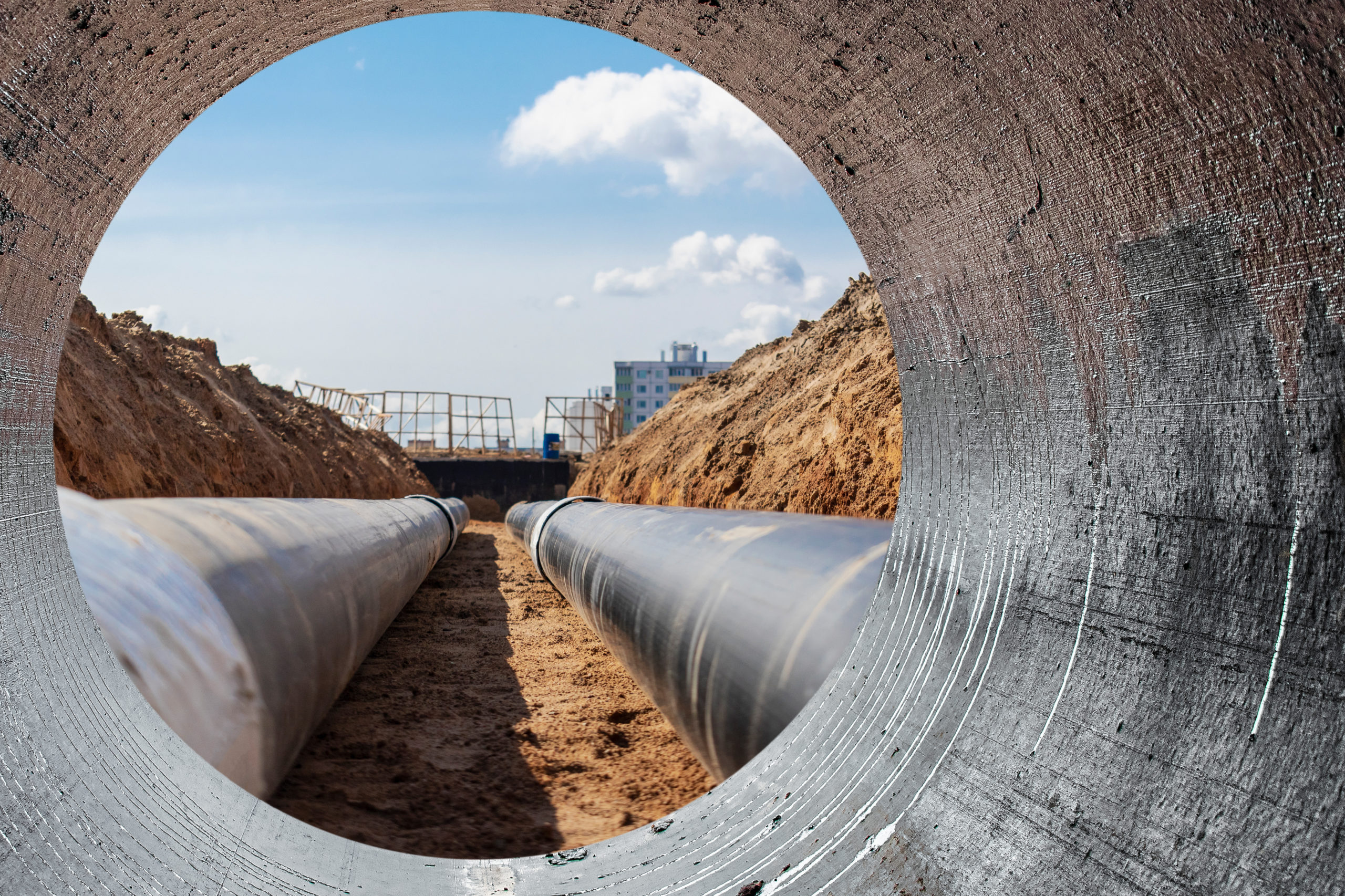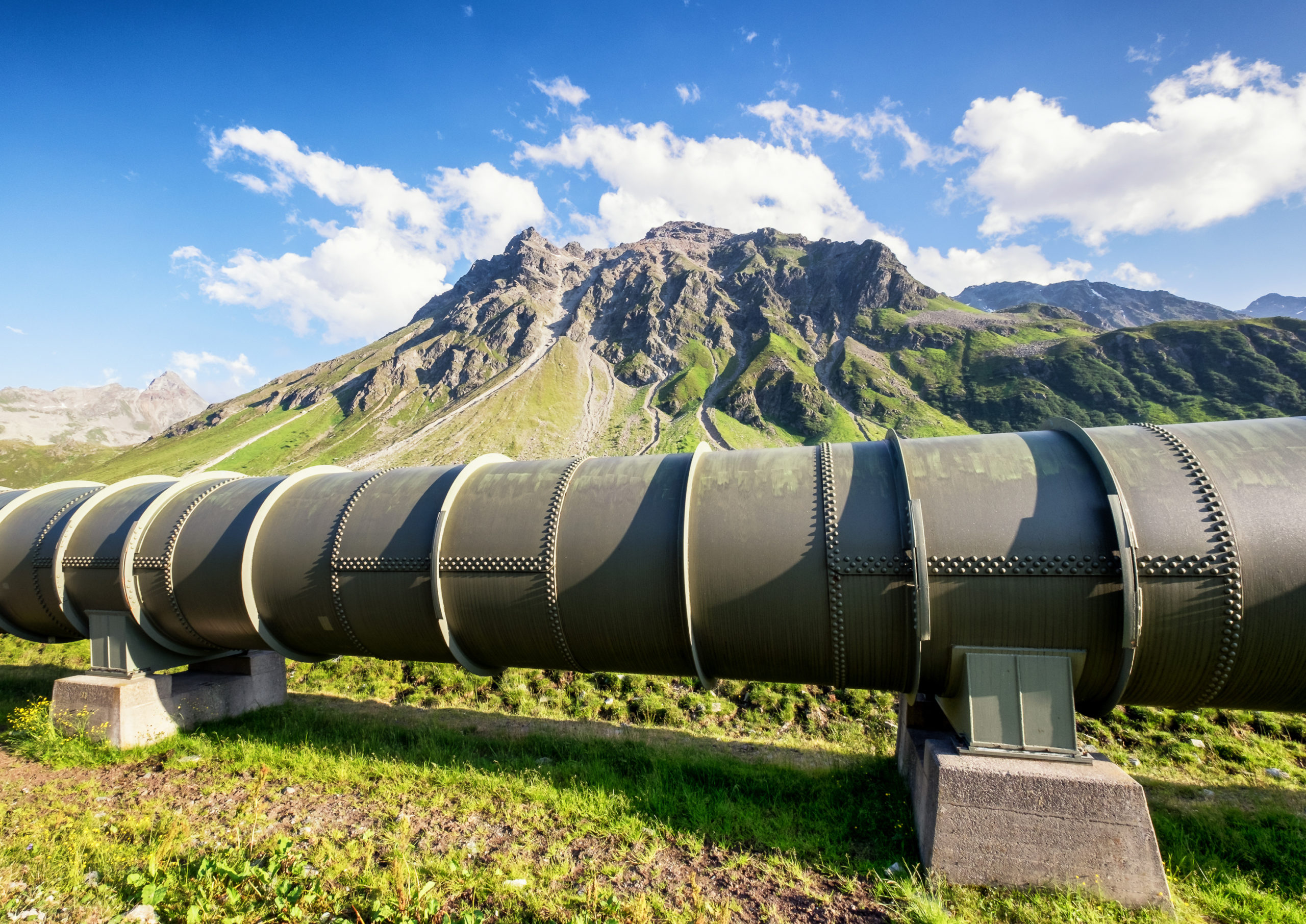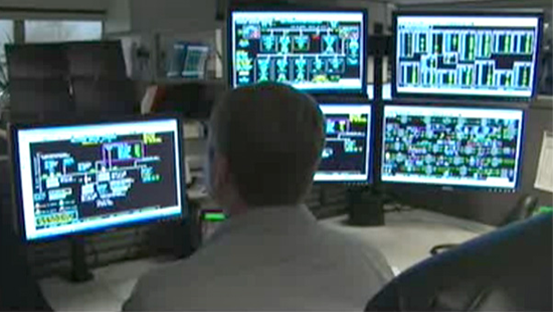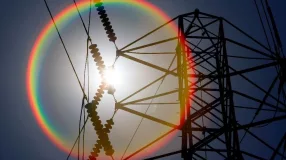Last month, INGAA held a virtual roundtable, welcoming beltway and industry media to meet our new chairman, David Slater of DTE Midstream, and talk to INGAA subject matter experts on the important issues facing the interstate natural gas pipeline industry. We also unveiled our new climate change statement, which outlines our members’ commitments to address climate change while ensuring a safe, reliable, and resilient energy transmission system that provides clean, affordable fuel to consumers across the country.
INGAA members’ climate commitments include: reducing their individual GHG emissions from natural gas transmission and storage operations; providing consistent and transparent data collection, measurement, and reporting of GHG emissions from operations; reducing the carbon intensity of natural gas infrastructure by adopting and investing in more innovative technologies; and working as an industry towards reaching net-zero greenhouse gas (GHG) emissions from natural gas transmission and storage operations by no later than 2050. INGAA’s climate statement also identifies key principles that should shape constructive energy policy and recognizes the important role innovative technology will play in our success.
Issuing this climate statement and adopting these commitments was the result of months of work and many thoughtful conversations among our members, including how to expand our commitments beyond INGAA’s 2018 voluntary methane emissions commitments. We’re extremely proud of our climate statement and we were pleased to see our media roundtable attendees take an interest in it, as well. Here’s what people are saying about INGAA’s new climate statement:
“The nation's natural gas pipeline industry is committing to a new goal to cut greenhouse gas emissions from its operations to net zero by 2050. The policy from the Interstate Natural Gas Association of America means its members are committing to new transparency initiatives, pushing for more development of renewable natural gas and advocating for carbon capture technology, among other moves, the group said today.”—Timothy Cama, E&E News
“The Interstate Natural Gas Association of America's Jan. 26 announcement represented the strongest climate commitments to date by the group, whose members include the operators of almost 200,000 miles of pipeline… INGAA's commitments focused on voluntary measures, building on a 2018 pledge to minimize methane emissions pipeline and storage infrastructure.” –Corey Paul, S&P Global
“To achieve the new goal, INGAA is promising to reduce the carbon intensity of its natural gas infrastructure, as well as adopting and investing in technologies such as renewable natural gas and carbon capture, and transporting low or zero carbon fuels like hydrogen. The products delivered by INGAA’s network could support the growth of variable renewables, the group says.” –Josh Siegel, Washington Examiner
“The work won’t be done overnight, Slater said, but rather it will be a ‘three-decade journey’ to reduce the impacts of pipeline infrastructure. There is a ‘vibrant conversation’ ongoing around the country, Slater said, regarding new technologies and ways to ‘decarbonize the energy delivery highway.’ INGAA’s pipelines now move around one-third of the energy consumed across the country today.” –Carolyn Davis, Natural Gas Intelligence
“In 2019, natural gas was the largest source of electric power generation, making up 38%, according to INGAA. Carbon dioxide emissions from the U.S power sector declined by 33% from 2005 to 2019 with natural gas accounting for more than half of the reductions, according to the EIA. INGAA members’ efforts have resulted in a reduction of CO2-equivalent emissions from transmission and storage compressor stations that is the equivalent of removing more than one million passenger vehicles from the road.” –Maddy McCarty, Pipeline and Gas Journal
“To support the growth of renewable energy and generation technology, INGAA also plans to ramp up services necessary for ‘flexible, fast-ramping generation’ and energy storage to help minimize the risk of power disruptions, blackouts and brownouts during periods of peak demand… INGAA’s members also committed to ensuring there is an ‘active and constructive engagement’ with lawmakers, regulators, investors and other stakeholders to develop energy policies ‘that utilize our national gas transmission infrastructure, benefit our environment, and reduce GHG emissions.’” –Carolyn Davis, Natural Gas Intelligence
INGAA members recognize that sustainability and protecting our environment is not simply a choice. We firmly believe that building a stronger and more equitable economy goes hand in hand with creating a cleaner world. We’re excited to collaborative with industry peers, our customers, communities, policymakers, and other stakeholders to reduce emissions and address climate change together.







